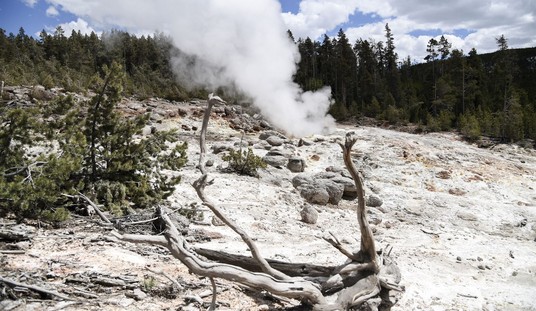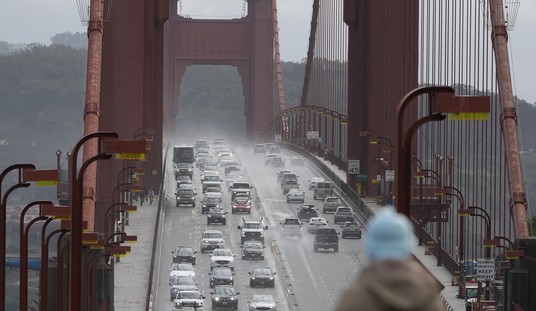
Today, the RedState Department of History observes the 67th anniversary of the start of the Korean War.
On June 25, 1950, North Korean troops poured over the border into South Korea, starting a three-year conflict which would eventually cost over 35,000 American lives.
The roots of the conflict trace back to the end of World War II, in which American forces took the surrender of Japanese troops in the southern part of the Korean Peninsula, while Soviet troops did the same in the North. As they did in Eastern Europe and especially in Germany, the Soviets installed a Communist government which quickly turned aggressive.
In response to the invasion, which resulted in the capture of Seoul, the United States pushed a resolution through the United Nations authorizing troops to defend South Korea (the Soviets didn’t veto the resolution because they were boycotting the Security Council at the time). President Harry Truman called American intervention a “police action“, and the Americans quickly turned the tide.
The Americans and their South Korean allies quickly regained the ground lost to the North’s aggression, recapturing Seoul in September 1950 and threatening to trap the North Korean Army at the same time. With UN approval, Douglas MacArthur’s forces ranged north of the 38th Parallel, capturing the North Korean capital of Pyongyang on October 19, 1950. Six days later, the Communist Chinese sent troops into the battle, eventually forcing UN troops back to the general region of the 38th Parallel. Seoul was retaken on October 4, 1951 by the North Koreans but American troops under the command of General Matthew Ridgway conducted Operations Roundup, Killer and Ripper, which resulted in Seoul changing hands for the fourth time on March 14, 1951.
The relief of MacArthur by President Truman in late 1951 over the General’s intention of carrying the war into China resulted in Ridgway’s accession to supreme command. Without the political will to carry the battle north of the 38th Parallel and with the threat of Soviet intervention hanging over the battle, a cease fire was signed on July 27, 1953 with the conflict in stalemate.
No peace treaty has ever been signed, so technically North and South Korea are still at war. The Department of Defense has listed the total number of American deaths in the conflict at 36,516 from all causes, while estimating the deaths of 615,000 North Korean and Chinese troops and over half a million South Korean military and civilian deaths.
Other events on a big day in history:
June 25, 1864 – Pennsylvania troops begin digging a giant tunnel under Confederate lines to try to end the Siege of Petersburg in Virginia. They loaded the tunnel with high explosives which, when detonated, led to the infamous Battle of the Crater in the American Civil War.
June 25, 1876 – American Indians under the leadership of Crazy Horse and Sitting Bull completely destroy George Armstrong Custer’s 7th Cavalry at the Battle of Little Big Horn (or the Battle of the Greasy Grass as known to the Indian soldiers).
June 15, 1917 – The first ships containing the American Expeditionary Force arrive in France in the First World War.
June 25, 1942 – General Dwight Eisenhower assumes command of all Allied forces in Europe in the Second World War.
June 25, 1996 – 19 American serviceman and one Saudi serviceman are killed in the Khobar Towers bombing in Saudi Arabia. Nearly 500 others are injured.
Happy Sunday and enjoy today’s open thread!














Join the conversation as a VIP Member